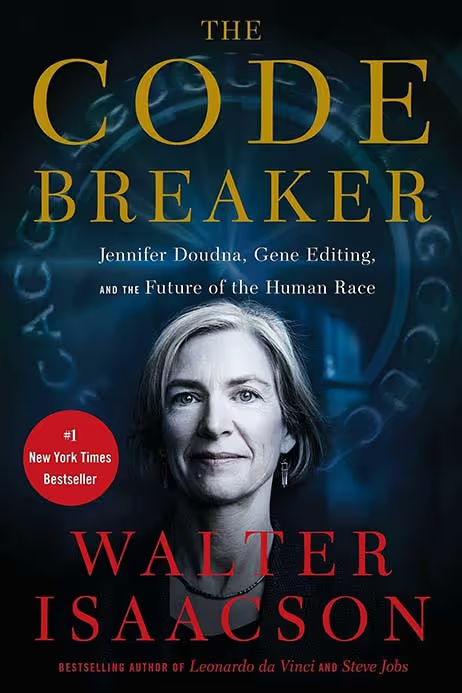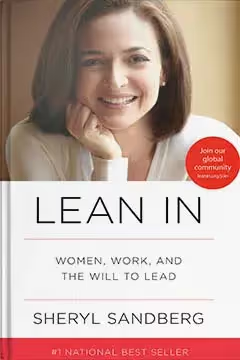The Book of Memory: A Study of Memory in Medieval Culture
Mary Carruthers' renowned research of memory training and applications in European societies throughout the Middle Ages has radically influenced how historians interpret mediaeval civilization. This thoroughly edited and updated second edition revisits all of the original edition's content and conclusions. While responding to new research directions inspired by the original, this updated edition focuses on the function of trained memory in creativity, whether of literature, music, architecture, or manuscript books.
The new edition will reignite the debate on memory in mediaeval studies, and, like the first, will be required reading for historians, musicologists, artists, and writers, as well as those interested in issues of orality and literacy (anthropology), the working and design of memory (both neuropsychology and artificial memory), and the disciplines of meditation (religion).
This is the most comprehensive examination of the role of memory in mediaeval civilization. During the Middle Ages, people realised that words that are accompanied by picture are considerably more remembered. Illuminations serve to make the content memorable by making the margins of a book colourful and lovely. It's a shame we've forgotten the skill of lighting. The fact that today's books are primarily made up of words makes it simpler to forget the text. With the iPad's influence, the future of the book is up for reimagining, and I wonder whether we'll rediscover the value of making books more aesthetically rich.






















































